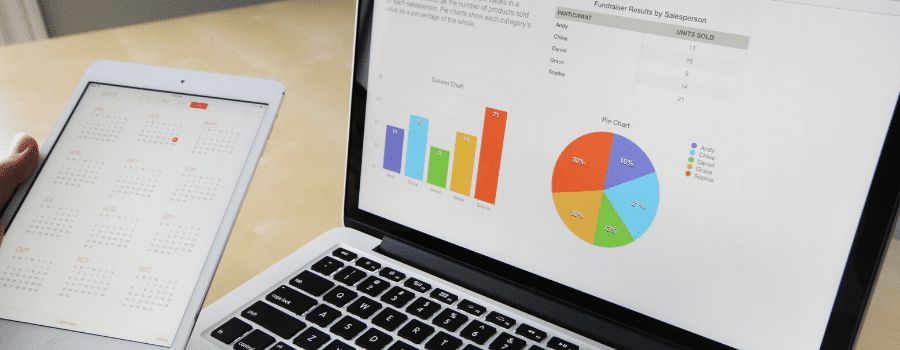CRM Pipeline Practices to Improve Sales

In recent years, CRM pipelines have come front and center becoming essential tools in the sales process and in many cases serving as the foundation on which a business’s success is built.
CRM Pipelines allow you to see exactly where each of your leads are in the pipeline as they move through the sales process. Further to that, they give you an estimate of how many deals each team member is expected to close and when they are expected to close them so that they can reach their quotas.
Looking at everything from a bird’s eye view also allows you to analyze your pipeline, implementing improvements that will ensure that you are moving even more leads through each stage of your pipeline at a faster rate. This way, your company is sure to see revenue growth at a far faster rate than companies that do not implement pipelines and sales processes.
Here are some best practices to improve your sales pipeline and lead your business to success:
Follow Up With Your Prospects
Ten years ago, it only took 3-4 sales calls to close a deal but today it can take up to 8. The landscape has changed and as a result, it is important that your sales team continually follow up with leads to move them through your pipeline. Don’t just give up after a couple of calls. Strategically and continuously follow up providing prospects with the information they need when they need it. To help with that try setting reminders, implementing email templates or automating the process.
Prioritize Your Leads
Closing deals takes time, you must prioritize your leads so that you focus on the best ones and let go of the dead ones. Organize your leads by most sales-ready and set it up on your dashboard so that you can see at a glance which leads you need to follow up with first, which leads can wait until a later date and which leads should be dropped. It may be hard to drop a lead after spending a large amount of time nurturing them but it is important to know when that relationship has run its course so that you can instead focus your valuable time on the leads that need it. A lead can be considered dead if they clearly state they have no interest, if you can no longer contact them or if you cannot push them to the next stage of your pipeline.
Monitor Your Key Metrics
A pipeline isn’t meant to be static but is rather a living breathing entity that requires regular monitoring and analysis. You should keep an eye on your key metrics such as your number of deals, deal size, your close ratio and the time it takes you to close. Tracking this information will allow you to see where you can make improvements over time.
Review Your Processes
As a result of your ever-changing and evolving pipeline, the strategies that you use today may not necessarily work tomorrow. You should regularly review and improve your pipeline process ensuring that it is highly optimized to achieve maximum success. But what should you be looking to improve? Look for bottlenecks in your pipeline where things slow down and don’t work smoothly and figure out how you can fix the problem. Experiment with new strategies and find a solution through trial and error.
Keep It All Updated
Similarly, you need to update your pipeline and keep it efficient. With a multitude of leads, it’s easy for a pipeline to get disorganized. You should periodically check your pipeline and keep things up to date. Clean out dead leads, update lead information and add notes.
Be Efficient and Effective
The B2B sales cycle can be long and the longer the cycle the more opportunity prospects have to change their mind. Take a look at your sales cycle and remove and/or consolidate any steps that don’t make sense or are redundant. Keep your sales cycle as short as you possibly can without diminishing its quality.
Standardize Your Sales Process
While strategies may differ from a pipeline to pipeline, your prospects’ underlying needs remain the same from stage to stage. As a result, you should try standardizing your sales process across the board. This will optimize your CRM pipelines and get all of your team members on the same page.
Curate More Content
Sales calls just don’t cut it anymore. The average customer in this day and age needs more information about a product or service before they buy than ever before. That means that you need to have the right content to provide your leads with the information they need. This can be blogs, videos, ebooks and the like. Additionally, you should curate your content to align with a stage of your sales funnel. Identify which stage your prospect is at and send them the corresponding content at the right time.
Use CRM Software to Your Advantage
So how does one manage all this, and still stay on top of everything else you need to do? Try implementing a customer relationship management (CRM) platform. This software does all the hard work for you; keeping track of your leads and analyzing your pipelines to show you where you can improve. You can also use it to automate some of your communications and content sharing so that you can free up your time and get back to what you do best; selling.
A CRM pipeline can be the core of a business’s success and not paying attention to them can result in a loss of revenue. Implement the tips above to keep your business on track and increase your revenue year over year.
